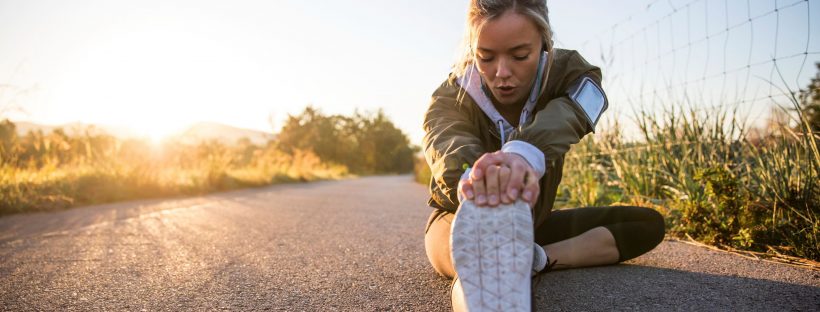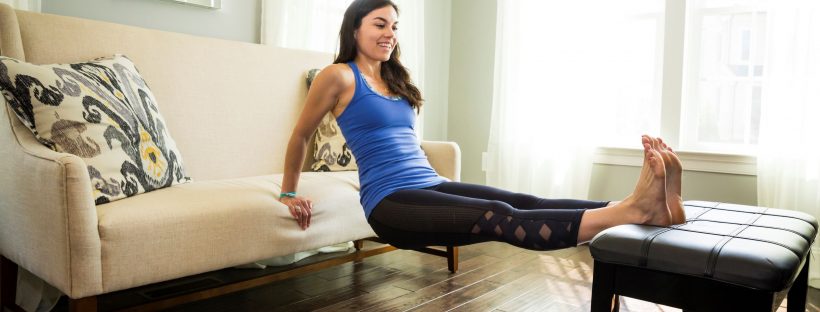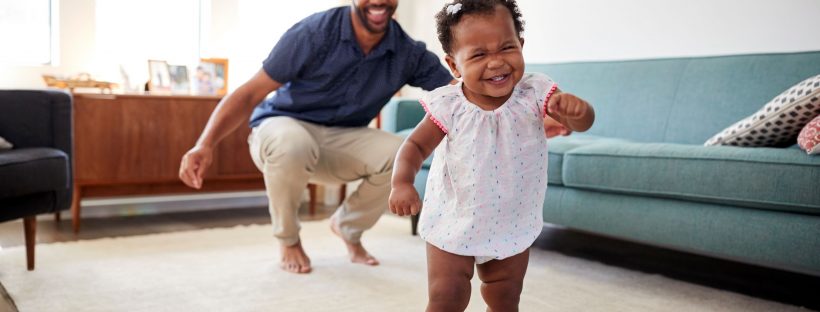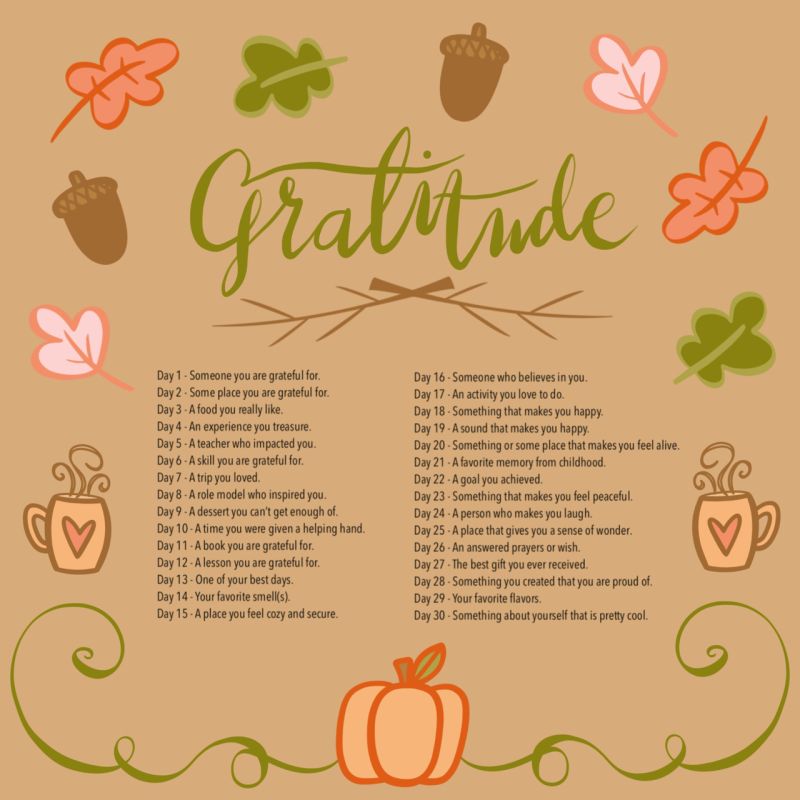Many of us start the year by setting New Year’s resolutions or making plans for what we want to accomplish over the coming months. Here are five tips for setting New Year’s resolutions that will stick.
Determine resolutions you really want
Ask “do I really want this?” and “why have I not done this yet?” When I got married, I worked hard to get into the shape I wanted to be in. I had a strict exercise routine and an extremely healthy diet. I was in the best shape of my life for my wedding. In the five years since then, I slipped back into old habits but I keep resolving to do it again. I finally had to realize the truth is – I know how to do it; I just don’t want to. While I eat healthy most of the time and work out regularly, I also enjoy cake and nachos and I don’t want to give them up! Realizing that I am happier as I am, I have shifted my goals to maintaining a healthy lifestyle and not worrying as much about the number on the scale.
Set realistic resolutions
If what you want to do feels too overwhelming, you probably won’t do it at all. For example, maybe this year you want to finally clean and organize that cluttered basement storage area. If your basement looks anything like mine, that may feel like a very overwhelming task. So instead of looking at the whole room and not knowing where to even begin, break it down. Make your resolution small, for example pledge to spend one hour every Saturday cleaning the basement or going through one storage bin each week to find items to donate. Small actions feel doable and will be more likely kept.
Do not set too many resolutions
If you set too many resolutions, it is unlikely you will keep any of them, therefore, focus on one or two at a time and build in more later. If you want to organize that basement, start a new fitness regimen, learn to cook, and paint three rooms in your home – you are either going to need a lot of free time or just focus on one to start. In the same way, one resolution can feel too large, having too many can result in doing none!
Make changes
These are YOUR goals. If what you are trying is not working, adjust it instead of quitting. When I set out to run a 5K, I found I was terrible at running and did not enjoy it. Instead of quitting, I started walking instead. I shifted the goal to walking each day, until I got up to five miles a day and then got myself to start running. The shift let me still keep the main point (physical activity) and kept me from quitting when it was initially too hard.
Find ways to hold yourself accountable
Share your resolutions with friends and family or share it on social media. Talk about what you are doing and find people who will cheer you on as you get to your goal. It may sound simple, but it works! When I was learning to run a 5K, every time I went out to run, I came home and told my husband how far I had made it that day. He was thrilled and proud (or at least he said he was) every time I hit a new longest run or best time. Every run when I felt I had given it my all and was ready to stop, I would think, “If I can go just 5 more minutes, it will be my longest run yet and I can go home and share the good news.” It kept me pushing harder every time!
What are your resolutions this year? Share with us in the comments section below.














